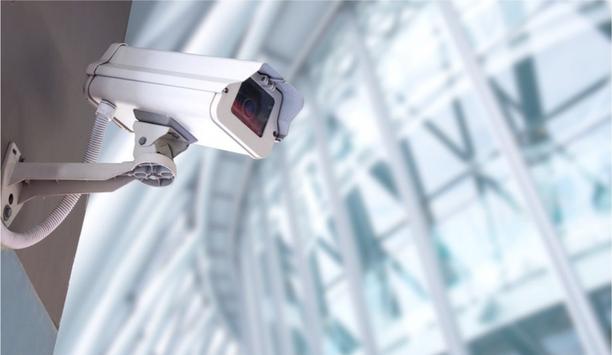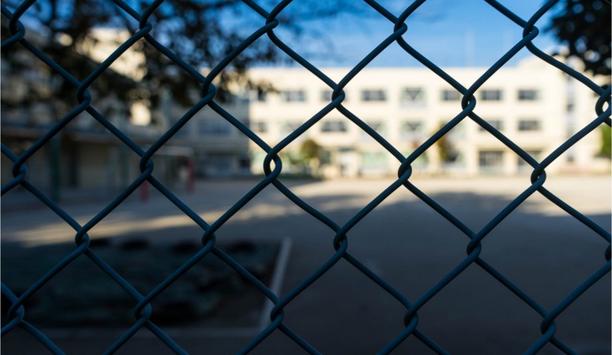Every building starts with the entrance. A solid enterprise risk mitigation and security strategy include protecting that entrance. Often, risk mitigation strategies protecting the entrance have included high-resolution video surveillance cameras, video management systems, and access control solutions.
But that strategy and set of security solutions only tells part of the story. Imagine a security guard who is protecting a facility after hours, when an individual approaches the entrance and seeks to gain access. The security guard can pull up the video surveillance feed and see the individual and his movements, which appear to be suspicious. But he also needs to hear him in order to decide the next decisions and actions. Does he escalate the situation, calling for backup and for first responders’ response, or does he allow the individual access to the building because he works there and is authorized to enter?
Meet high-definition voice
What the security guard needs is to be able to hear and to communicate with that individual. All enterprise security systems need three primary components in order to successfully protect the entrance and to mitigate risk – access control, video surveillance, and the ability to hear and communicate.
Each component plays an integral role in supporting a unified security system, and without all three, the security system is not complete. Access control can be thought of as the brains of a security system by holding data and permissions. It serves as the arms and hands of the system; it can either keep someone out or invite them in. IP video allows a security team to remotely position a set of eyes anywhere an IP camera can be placed on a network. With a video management system, security teams can see what is happening and decide how to respond. However, with remote viewing, the event may be over by the time security physically responds.
Audio adds interactivity
That three-component enterprise security system – comprising IP video, access control, and high-definition voice working together mitigates risks and provides value.
It also means that security is interactive. Security teams talk and listen to the person that’s seen on a video surveillance system, no matter where the location or how remote. If the person is lost or simply needs assistance, security personnel can talk to them and provide direction and reassurance. Even more, in an emergency, an interactive solution becomes a critical life-saving tool, as it provides data that can be shared between security, police, emergency services, and more. Audio can also detect voices, noises, breaking glass, or other sounds that are not within direct view of a video camera. An interactive security system creates an informed response, by providing real-time situation awareness management. Post-event, it supports forensics and investigations to mitigate future security incidents.
Audio and COVID-19
We are living in extraordinary times. As businesses begin to reopen and stay open, they are looking for any tools that can help them overcome the enormous challenges they face. In buildings and facilities, the COVID-19 pandemic has created a new security perimeter, one that demands contactless access with entry and exit, and that has also created a new duty of care for security professionals. Now more than ever is the need to interact and communicate with individuals moving in and out of doors and spaces without physical intervention. Intelligent communications, integrated with contactless access control, can help a business to comply with pandemic safety guidelines and ultimately, reopen for business and stay open.
COVID-19 has also increased the need for clean-room isolation and quarantine spaces, sometimes in areas not originally intended for that use, where risk of infection is high, and equipment must be easily disinfected between patients. Here, purpose-built cleanroom intercoms, providing clear touchless communications despite the noisy environment, have emerged as critical tools for enabling patient care while reducing the need to enter the contaminated space. For example, voice communication can enable hospital staff to verify identity and to communicate with patients without entering the isolated and infectious environment, which can save on personal protective equipment (PPE) and reduce the amount of exposure to the virus.
In non-emergency healthcare facilities, such as medical centers, voice can effectively relay information to building occupants and visitors for screening purposes. Visitors can be seen and heard. For example, a patient who seeks access to a medical center for an appointment can hear important instructions from a nurse via the intercom solution. Seeing the person that you talk to is one thing but hearing them conveys a much better sense of closeness, making it possible to maintain a high level of security and customer service.
The whole story
Today’s security systems should no longer simply involve video surveillance cameras generating feedback and images to a security guard. Instead, a new ecosystem for enterprise security and risk mitigation has emerged, and it’s one that involves video surveillance, access control, and high-definition voice. That ecosystem can ensure well-rounded and responsive information management and security platform, all communicating with each other and offering actionable insight into risks and potential physical breaches.
Audio is the new value hub of the connected and intelligent school, campus, building, correctional facility, and more. Simply put, a silent security system cannot be an effective security system. In every situation, it is crucial for all security professionals to mitigate risk, no matter what they are protecting. This emphasizes the need to hear, be heard, and be understood in virtually any environment.
From facial recognition to LiDAR, explore the innovations redefining gaming surveillance




























